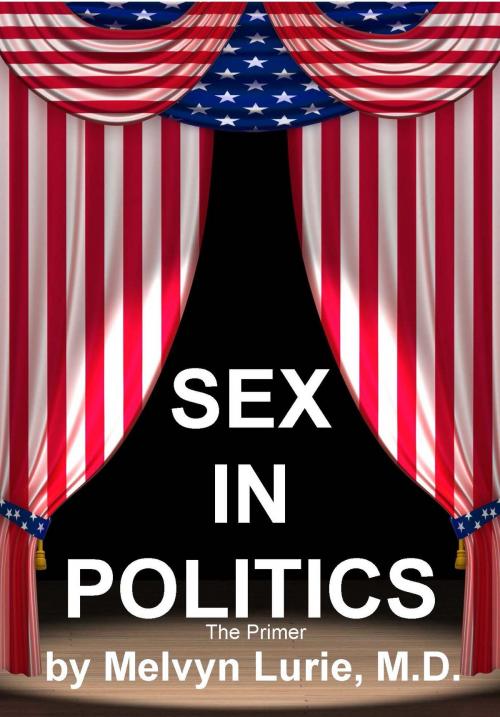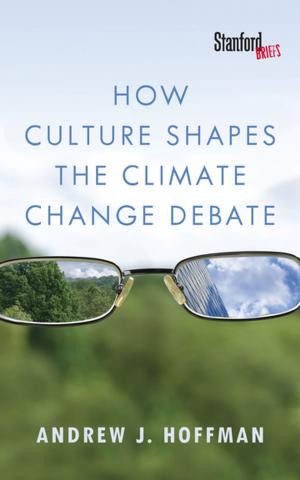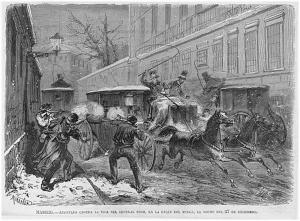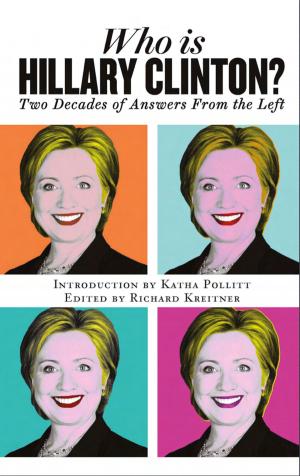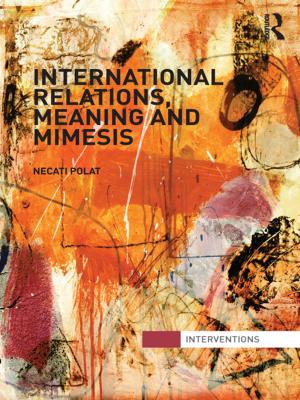Sex in Politics
The Primer
Nonfiction, Social & Cultural Studies, Political Science, Government, Political Parties| Author: | Melvyn Lurie MD | ISBN: | 9780984552443 |
| Publisher: | Avon and Stratford | Publication: | March 23, 2016 |
| Imprint: | Avon and Stratford | Language: | English |
| Author: | Melvyn Lurie MD |
| ISBN: | 9780984552443 |
| Publisher: | Avon and Stratford |
| Publication: | March 23, 2016 |
| Imprint: | Avon and Stratford |
| Language: | English |
This book is a primer. It minimizes the descriptions of the science its conclusions are based on. It briefly describes what is essential to human nature, after the complexities of culture are subtracted out. It also only briefly describes how human nature separates on gender roles determined by the sexual process. In abbreviated form, it tells the story of life, from animals to us, and from us as individuals to us as members of society. It shows how politics, the basics of politics, is related to sex. The rest of politics is nothing more—or less—than variations on our . . . genes! This book is part of a series. It focuses on sex as it relates to today’s American political world. However, it uses the influence of sex on politics as a clue to explain where we might be in the Civilization Cycle, which describes the rise and fall of civilizations. It makes the point that in order to understand history, we must understand the basics of biology underlying it. Chapter 1, Sex In Politics, opens with a listing of political functions as they derive from basic human sexual functions. It shows how the Democratic Party promotes Inside the Nest policies and styles, while the Republican Party promotes Outside the Nest ones. It shows how the sexual roles of men and women align with these functions and policies. The rest of this book explains how this came to be. Chapter 2, Before Sex, describes how limited life was before sex came along. The life imperatives of survival and reproduction are laid out, as is the way natural selection works. Chapter 3, Sex, describes the advantages of sex. Chapter 4, The Birds and The Bees, shows how a look at simple species can help us sort out what is truly fundamental about us humans. Chapter 5, Sexual Positions, explains the primacy of survival. Chapter 6, Group Sex, describes sex in species closer to us, the primates. Chapter 7, Better Than Sex, shows how genes are not the only things that determine the human ability to cope with the demands of life. Chapter 8, It’s All In The Mind, shows how the mind works. It shows how the different brain wiring of men and women are suited to their biological roles—and how this has affected politics today. Chapter 9, Love and Marriage, describes how pleasure, pain, and anxiety relate to survival and reproduction, and, ultimately, society and politics. Chapter 10, A Vas Deferens, focuses more on biological differences between men and women. Chapter 11, After Sex, describes the big picture of human reproduction. Chapter 12, Sex In The Family, shows what happens to us in the first few years of life, and how this affects politics. Chapter 13, Sex and Communism, shows how communism, despite failing in its goal of abundance, has a profound allure. Chapter 14, Liberals and Conservatives, discusses the underlying meanings of these two positions and their relationship to the reproductive and survival necessities of life. Chapter 15, The Civilization Cycle, describes where we are in this cycle, as indicated by the current political alignment.
This book is a primer. It minimizes the descriptions of the science its conclusions are based on. It briefly describes what is essential to human nature, after the complexities of culture are subtracted out. It also only briefly describes how human nature separates on gender roles determined by the sexual process. In abbreviated form, it tells the story of life, from animals to us, and from us as individuals to us as members of society. It shows how politics, the basics of politics, is related to sex. The rest of politics is nothing more—or less—than variations on our . . . genes! This book is part of a series. It focuses on sex as it relates to today’s American political world. However, it uses the influence of sex on politics as a clue to explain where we might be in the Civilization Cycle, which describes the rise and fall of civilizations. It makes the point that in order to understand history, we must understand the basics of biology underlying it. Chapter 1, Sex In Politics, opens with a listing of political functions as they derive from basic human sexual functions. It shows how the Democratic Party promotes Inside the Nest policies and styles, while the Republican Party promotes Outside the Nest ones. It shows how the sexual roles of men and women align with these functions and policies. The rest of this book explains how this came to be. Chapter 2, Before Sex, describes how limited life was before sex came along. The life imperatives of survival and reproduction are laid out, as is the way natural selection works. Chapter 3, Sex, describes the advantages of sex. Chapter 4, The Birds and The Bees, shows how a look at simple species can help us sort out what is truly fundamental about us humans. Chapter 5, Sexual Positions, explains the primacy of survival. Chapter 6, Group Sex, describes sex in species closer to us, the primates. Chapter 7, Better Than Sex, shows how genes are not the only things that determine the human ability to cope with the demands of life. Chapter 8, It’s All In The Mind, shows how the mind works. It shows how the different brain wiring of men and women are suited to their biological roles—and how this has affected politics today. Chapter 9, Love and Marriage, describes how pleasure, pain, and anxiety relate to survival and reproduction, and, ultimately, society and politics. Chapter 10, A Vas Deferens, focuses more on biological differences between men and women. Chapter 11, After Sex, describes the big picture of human reproduction. Chapter 12, Sex In The Family, shows what happens to us in the first few years of life, and how this affects politics. Chapter 13, Sex and Communism, shows how communism, despite failing in its goal of abundance, has a profound allure. Chapter 14, Liberals and Conservatives, discusses the underlying meanings of these two positions and their relationship to the reproductive and survival necessities of life. Chapter 15, The Civilization Cycle, describes where we are in this cycle, as indicated by the current political alignment.
